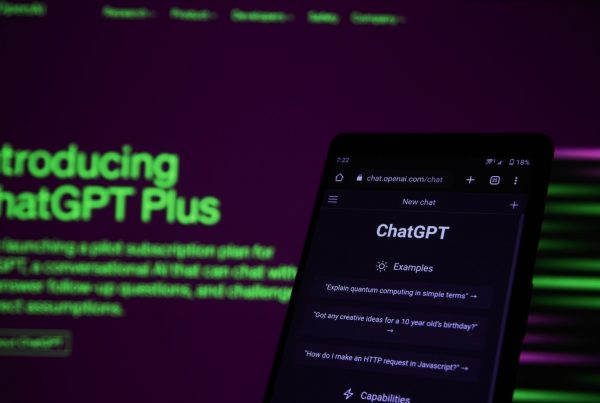Gamification, or the trend of applying game-like features to non-gaming situations, is creating a buzz globally. Analysts predict that soon many enterprises will have at least one game-oriented application to help with a function: training, recruitment, employee engagement, and so on.
What does gamification offer communication? Can it add a wow-factor to marketing initiatives and keep audiences engaged?
The answer is ‘yes’. Tourism Ireland did stir up excitement with their Facebook-based game in 2011. Ireland Town (http://www.irelandtown.com/) allowed people to create their own virtual towns and in the process, learn more about the beauty and tourist-attractions of the country.
The Marriot hotels too adopted a similar approach to attract potential recruits. Their game on Facebook lets players manage a virtual restaurant to get a quick taste of a career in the hospitality industry.
But what does gamification offer SMEs, who don’t have the big bucks to spend on building complex games? Can SMEs learn anything from this trend?
At the heart of it, gamification brings to non-game situations, elements from a game, which affect, prompt or drive particular audience behaviour. It involves understanding the psychological factors that motivate people to play.
Gamification, specially in learning, borrows from Malone and Lepper’s theory of intrinsic motivation. According to them, people are motivated from within, without external rewards, by the following:
- Challenges with clearly defined goals,
- Curiosity,
- Sense of control over their actions,
- Fantasy situations (where people can imagine themselves in a situation which is not actually present at that moment),
- Competition, where they can perform an activity better than a peer or competitor,
- Recognition for a task or goal.
Gamification uses these psychological cues to elicit desired audience behaviour, such as learning a new skill, or reaching a goal.
Communication too can use these psychological prompts to design campaigns and engage audiences, but without the huge investments of building and deploying a game. It may not be gamification, but it may win points from the audience for creating a connect.
This is a guest post by x2pn – a gaming based learning company, which uses game dynamics to make learning more engaging and exciting.



